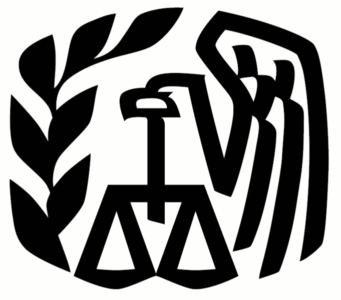This was originally published on PAOO on November 29th, 2010.
Original source documents appear in RIA and beg to be shared with my vast readership, Repeatedly they are pulled up and labored on. Time passes and more interesting matters easily transform themselves into full length posts as the promising material slowly begins to wither. Finally it comes to the time to fish or get off the pot. (Pardon my love of deliberately mangling common expressions.) Here are some brief summaries of the posts that go to oblivion unless one of my readers demand that they get the full treatment :
FOUNDATION FOR HUMAN UNDERSTANDING v. U.S., Cite as 106 AFTR 2d 2010-5862, 08/16/2010
This was shaping into a maudlin reminiscence of my father who used to go though this sequence with his hands that started with “This is the church” and ended with “Look inside and see all the people” as he turned his hands over and wiggled his fingers. The point being that the Foundation For Human Understanding failed to qualify as a church, because it didn’t have a regular group getting together to worship as a body. It gets into the 14 factors that make a church a church for income tax purposes. It’s a little troubling that Jesus and the Apostles would probably have had a hard time passing the test.
UNITED ENERGY CORPORATION v. COMM., Cite as 106 AFTR 2d 2010-6056, 08/27/2010
I was going to title this “The Trouble with S Corps”. Probably the biggest deficiency to the S corp form compared to that of partnerships (which includes most LLC’s) is that the liabilities of the S corp are not allocated to the shareholders even if they have guaranteed them.
S corps.—income and losses—basis— loans—guarantees—economic outlay—S corp. indebtedness to shareholders. Tax Court decision that shareholders in S corp. and other entities weren’t entitled for passthrough loss deduction purposes to increase their bases in S corp. by amount of any of its debt, other than by amount of shareholder ledger debts, was affirmed, based on Court’s reasoning that other debt, comprising bank loans or loans with related entities, wasn’t “indebtedness of S corp. to shareholders” within meaning of Code Sec. 1366(d)(1)(B) because shareholders made no actual economic outlay in respect to same.
Consolidated returns—interco. transactions and obligations—deemed satisfaction—transfers to controlled corps.—basis—gain—discharge of indebtedness—S corp. indebtedness. Tax Court supplemental decision that new corp. realized taxable gain as result of deemed satisfaction of affiliated S corp.’s shareholder ledger debts, when those debts were contributed to corp. in Code Sec. 351 transaction, was affirmed, based on Court’s reasoning regarding operative reg regime/former Reg. §1.1502-13(g)(4) and finding that corp. acquired ledger debts with built-in gain.
MAES v. U.S., Cite as 106 AFTR 2d 2010-6752, 10/13/2010
In this case taxpayer tried to argue that amounts she had reported as alimony were actually disguised child support or alternatively a property settlement. The first argument was based on the fact that amount ran until the year that children turned 20. The agreement did not explicitly reference the children and other evidence argued for alimony. The second argument was based on the fact that agreement did not explicitly state that payments terminated in the event of her death. The requirement was, however, fulfilled because of state law provision which terminates support obligations on death. This case reinforces the point that it is important to have good tax advice in the structuring of alimony.
These two are tax nerd tests. If they seem at all interesting, you are a tax nerd. I sometimes get the impression that in the Chief Counsel’s office they spend half their time being confused about TEFRA.
CCA 201034021
A partnership cannot have an affected item in itself. Each partnership year is a separate cause of action whose partnership items are not computationally affected by adjustments to other partnership years. Thus, an amortization for one year will not keep the statute open for other partnership years as “affected items“.
CCA 201033037
That’s up to Exam. But its probably unnecessary since we would have to conduct a TEFRA partnership proceeding for any year in which they took excessive deductions to determine the amount, character and allocation of partnership debt, and whether it was guaranteed by each respective partner in that year. These determinations would then be binding for purposes of generating any affected item notices of deficiency limiting loss to basis or at risk for that particular year.
Well that leaves me with enough material to finish out the year. I should be confident that more good stuff will be coming, but you never know.































































































